
Ikelite is shipping its housing for the Sony a6000 mirrorless camera. Constructed of Ikelite’s signature white ABS and featuring the DLM port system, the housing has optional TTL strobe triggering, a port for adding a vacuum system and the camera’s LCD screen can be tilted inside the housing to make it easier to view.
The Ikelite 200DLM/A housing for Sony a6000 is shipping now at $775.00 in the U.S.A.
200DLM/A Underwater Housing for Sony Alpha a6000 Mirrorless Cameras
Product # 69120
$ 775.00
ABOUT THIS PRODUCT
The 200DLM/A Underwater Housing is the perfect companion allowing use of the Sony Alpha a6000 mirrorless cameras in or around the water for scuba, snorkeling, surf, pool, or any adventure.
This housing requires the addition of a compatible DLM Lens Port for waterproof operation. Lens Port not included.
View the DLM/A Lens Port Chart…

Advantages of the Ikelite Housing
- 200 ft (60m) depth rating
- Extendable shutter release lever
- Extendable AF/MF button thumb lever for back button focus
- Interchangeable Dry Lock Micro port system including flat ports, 6”dome ports, and 8” dome ports
- Corrosion-proof ABS-PC construction
- Clear view back with laser engraved control markings
- Ergonomic, field serviceable direct-drive controls
- Accessory ports for optional vacuum system and TTL converter
- Supports LCD tilt
- Made in the USA
Additional Reading
DL2 DS Link Sony TTL Converter Underwater Photos

Ergonomics and handling
Good ergonomics are critical when you need to concentrate on composition, focus, and proper exposure. Large, curved control levers put the most important controls right where you need them: shutter and autofocus (via the AF/MF button). This combination allows you to shoot with or without back button focus, an advanced technique that is useful for tack sharp focus of super macro and fast moving subjects. Each lever can be extended using the optional Shutter Trigger Extension # 4077.95 for perfect spacing when using a right-hand handle.

The control dial, rear control wheel, mode dial, power, and lens release controls are all operated intuitively via premium soft-touch knobs. Stainless steel, direct-drive rotating controls are virtually fail-safe and user serviceable and adjustable in a pinch.
All rear camera buttons are accessible by smooth action, hard anodized aluminum push buttons for reliable performance and easy maintenance. These controls are clearly labeled by laser engraving on the back of the housing that never fades or falls off.

Two 1/4-20 threaded mounting points are included on the bottom of the housing for simple, rotation-free attachment of a tray and handle system. Handles provide improved ergonomics underwater and are the foundation for your lighting mounts. The Tray with Dual Quick Release Handles # 9523.64 is the most popular choice for both handling and attachment of accessories.
Set-Up
The camera mount is front-loading for easy installation and removal. A small mounting plate attaches to the bottom of the camera and secures in the front of the housing. The camera mounting plate does not need to be removed from the camera for surface use or when changing the battery or memory cards. The mounting plate features a 1/4-20 threaded mount on the bottom so that it can be attached to a tripod on the surface.

Confidence
The unique rear seal design prevents accidental twisting or stretching of the o-ring for simple and confident assembly. We have eliminated the need for an o-ring groove or channel which can trap sand, dirt, or debris. Two double-passivated stainless steel locking lid snaps are simple to use and virtually unbreakable. The clear back allows you to see the o-ring form a solid, watertight seal as it closes.
Vacuum Testing
A spare 1/2-20 threaded accessory port is provided on the side of the housing for easily installation of the optional Vacuum Kit # 47012. A vacuum kit allows you to draw a vacuum on the housing to check for leaks prior to entering the water.
Drawing a vacuum on the system also provides extra security at the surface of the water, especially important when using the housing in rough surf.
Viewfinders
The camera’s large, super-bright LCD screen is viewable edge-to-edge through the back of the housing. The LCD may be tilted during installation for more comfortable viewing underwater.
Lighting
Light is absorbed as it travels through even short distances underwater, making colors appear dull or monochromatic. To preserve the natural colors of your subject, it’s important to stay within arm’s reach—no more than 3-4 feet (1m) away. For the best results, we recommend adding an external flash or high-powered constant-on light if you’ll be diving regularly below 15’ (3m).
This housing supports your choice of shooting strobes by electrical sync cord or fiber optic triggering.
You can enjoy the fastest and most accurate TTL exposure on the market by adding the DL2 DS Link Sony TTL Converter Ikelite ST1 Hotshoe and B1A Bulkhead Kit # 46045 and a compatible Ikelite DS strobe. Exposure compensation may be used added or subtracted in the camera. Reliable locking connectors between the hotshoe and bulkhead make it easy to install the optional TTL electronics or carry back up parts when traveling.
See photos taken with the DL2 DS Link Sony TTL Converter…
The camera’s built-in flash is suitable for firing an external strobe, but not for lighting a photo underwater. Two fiber optic ports are built into the front of the housing provide an attachment point for fiber optic cords from most major manufacturers.
A bright constant-on video light can be used instead of or in addition to a flash. A constant-on light is not as bright as a strobe flash. Constant-on lights do provide added versatility because they can be used for focus assist and for improved colors when shooting video.
There is a simple rule that brighter is better underwater. A high-quality lighting system can produce professional quality results.
Port System
It couldn’t be more simple to change ports than this system—just press the port on and tighten three thumb screws. Feel positive reinforcement that the port is secure with simple parts you can trust in a remote location.
This housing accepts ports from our DLM Port System to accommodate a selection of the best zoom, macro, and wide angle lenses for underwater use. Our custom optical grade acrylic domes components provide the color, clarity, and durability of glass at a fraction of the travel weight and cost.
Durability and corrosion free performance
Our white ABS-PC blend housing provides strength and corrosion free performance year with minimal maintenance. ABS-PC is lighter than aluminum for convenience during travel and less drag underwater. The specially formulated color deflects the sun to keep your camera running cooler, longer. Compared to black or clear housings, the light color provides superior contrast for enhanced view of the camera, LCD screen, and o-ring seal.
Made in USA
Ikelite products are designed, built and tested in the USA. We use locally sourced, top-grade materials. Our housings are built by hand and individually tested for fit and function. Every unit is water pressure tested to 200 feet (60m). We back our products with over 50 years of experience and the best reputation for service within the dive industry.
Compatibility
Differences in lens placement prevent newer a6100, a6300, a6400, and a6500 cameras from being used interchangeably in this housing. This housing only accommodates a6000 cameras.
This housing is only compatible with the Sony cameras as shipped by the manufacturer. Unless otherwise noted, this housing does not accommodate the use of add-on grips, battery grips, eyepieces, LCD covers, or other accessories.
Specifications
- 200 ft (60m) depth rating
- DLM Type A port mount
- Controls for all camera functions except AF/MF/AEL switch lever and Diopter adjustment dial
- Two 1/4-20 threaded tray mounts with 3” (76mm) spacing
- Slightly negative buoyancy in fresh water
- Actual buoyancy varies depending on choice of lens and port
- 2.6 lbs (1195 g)
- 7.25 x 5.5 x 6” (184 x 140 x 152 mm)
- ABS-PC, acrylic, and acetal construction
- 2 year limited warranty
In the Box
- Housing
- Rear O-Ring # 0110 (installed)
- Front O-Ring # 0132.36 (installed)
- .050” Hex Key # 0945.11
- Silicone Lubricant 1cc Tube
Lens port sold separately; A compatible DLM lens port is required for waterproof operation.
Optional Accessories
Documentation
DLM Type A Port Chart



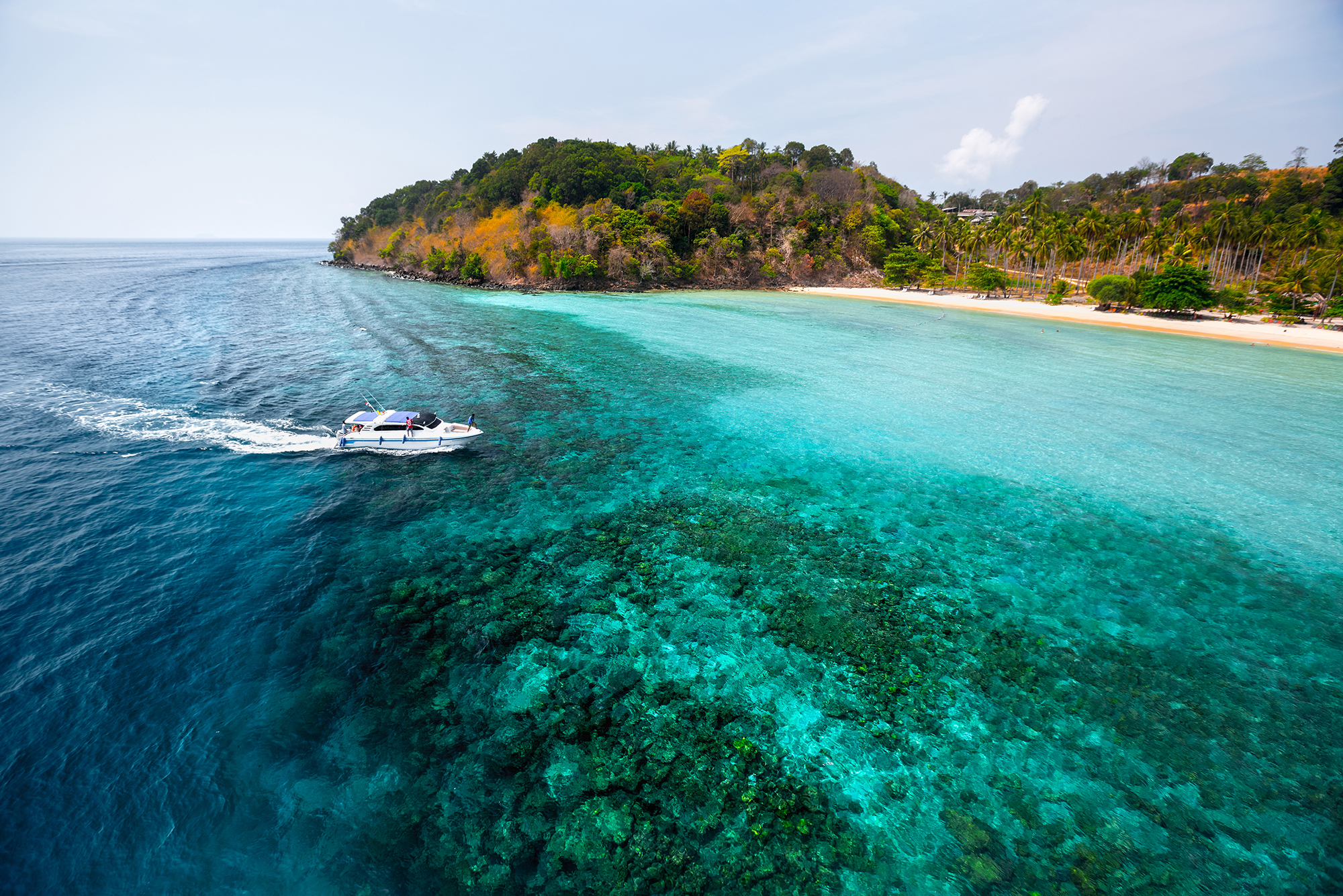
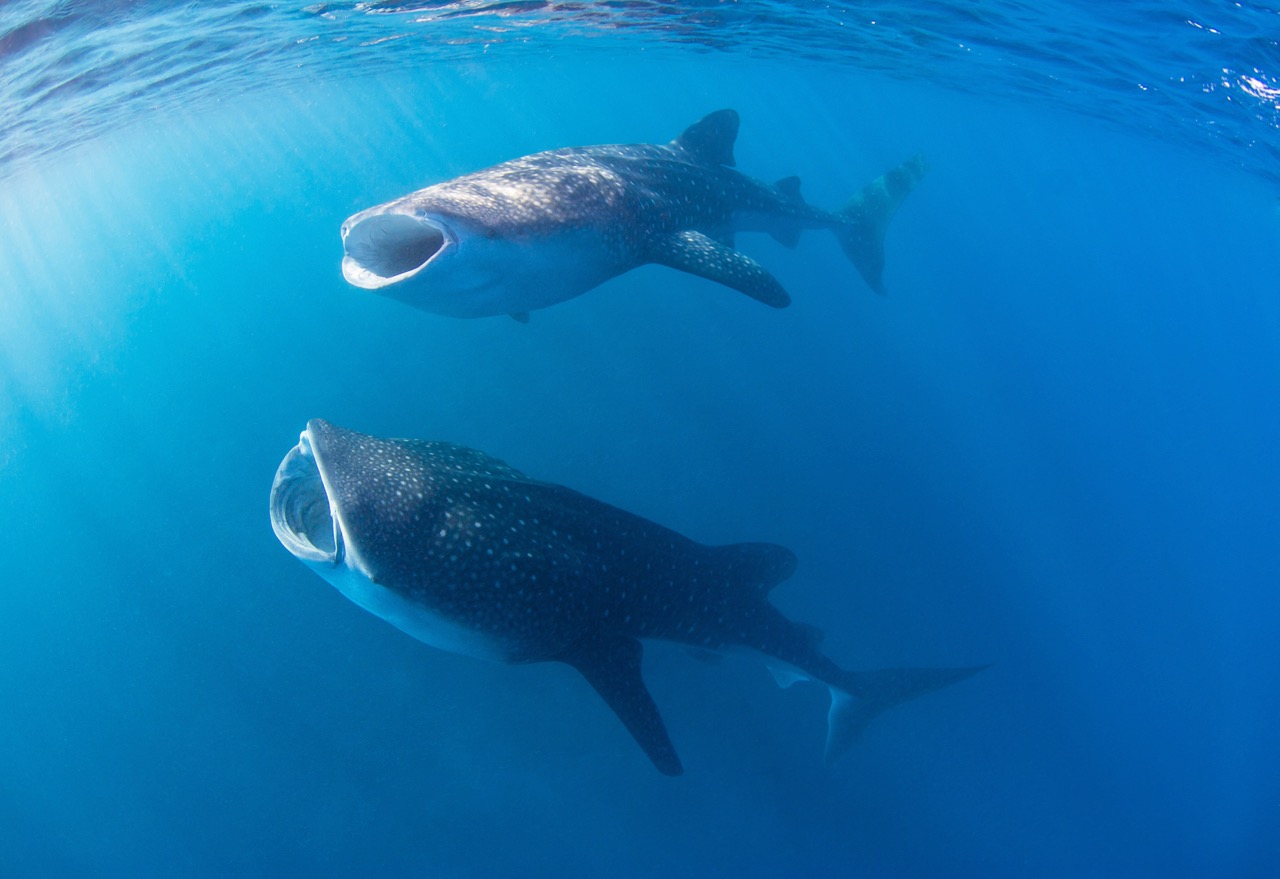
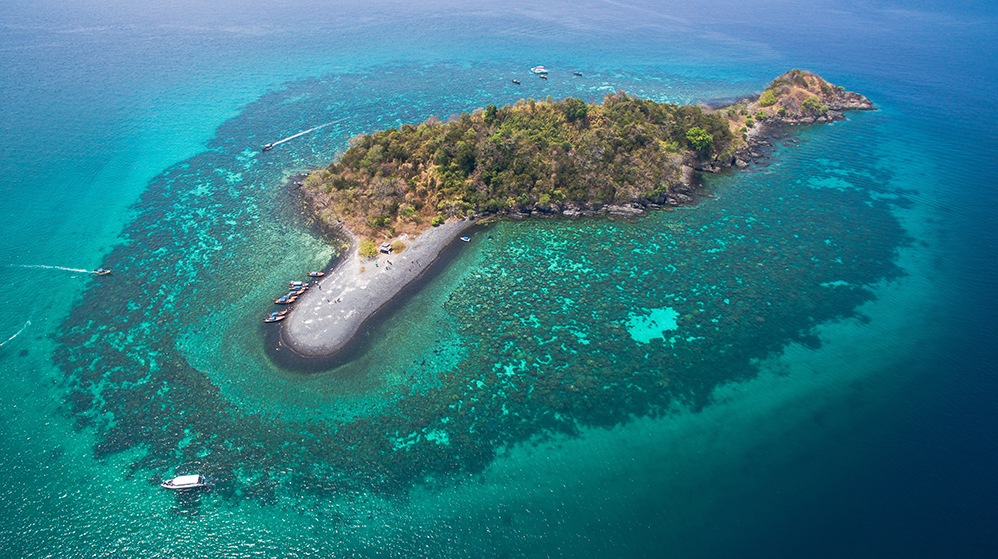

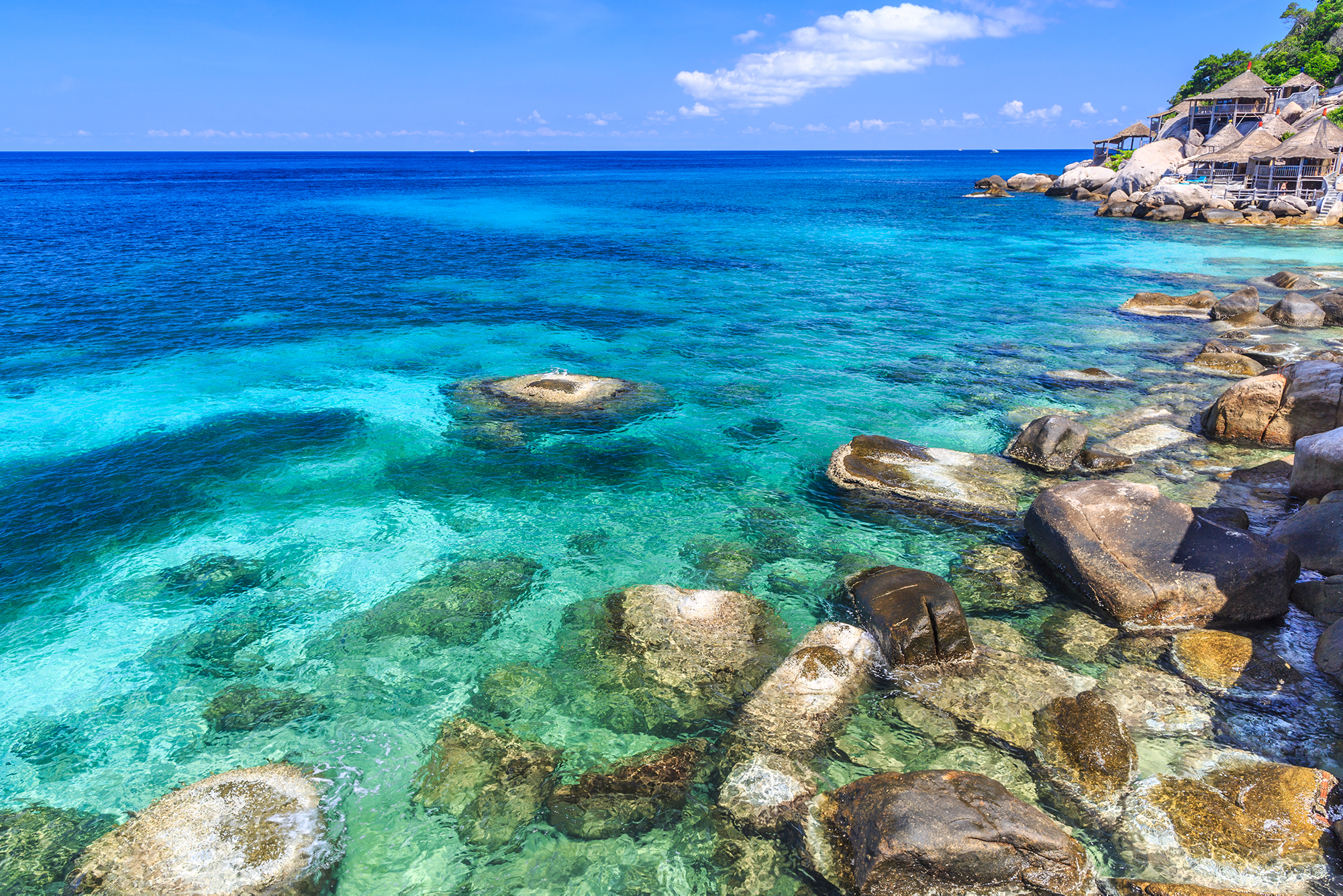
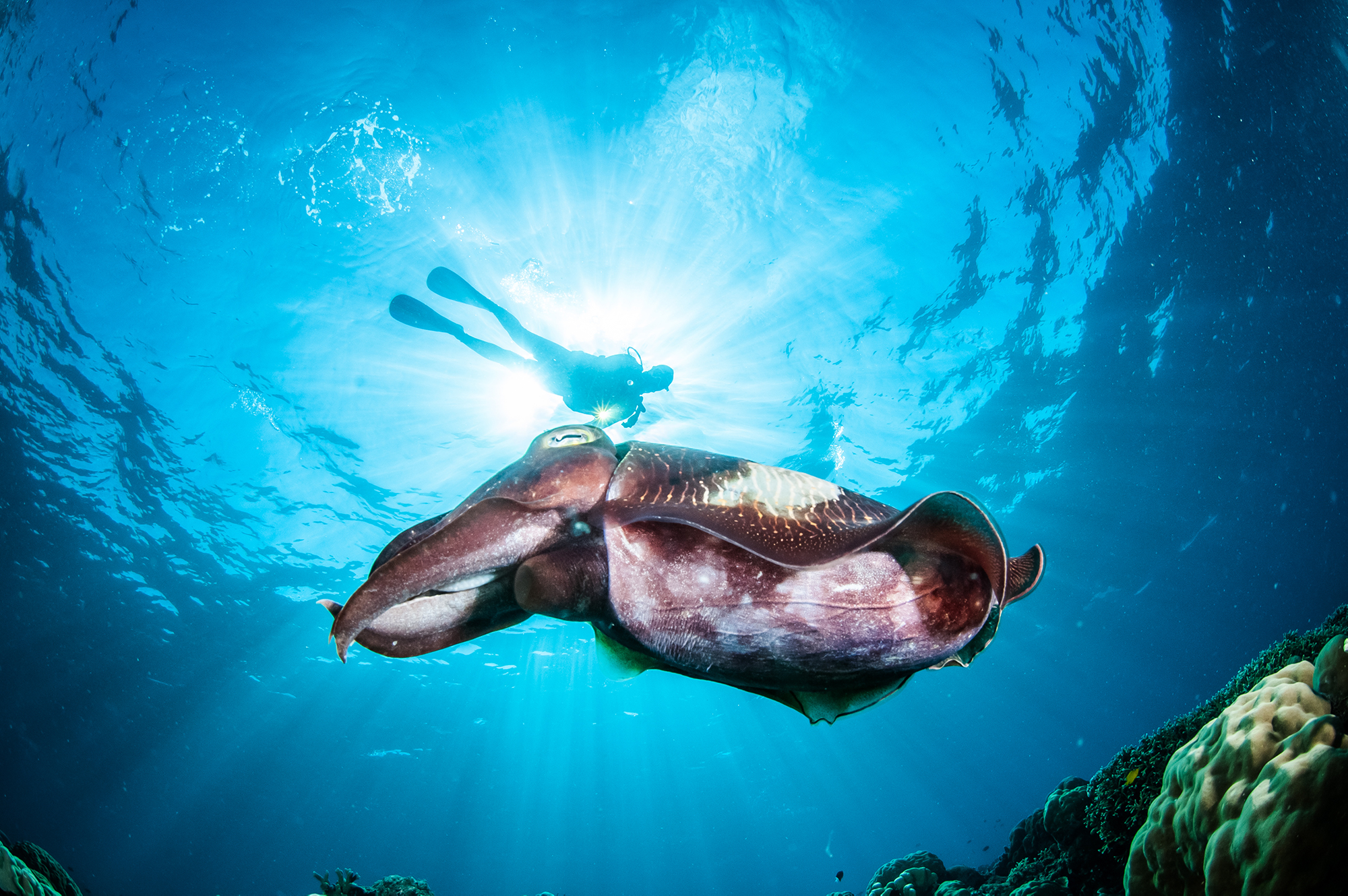

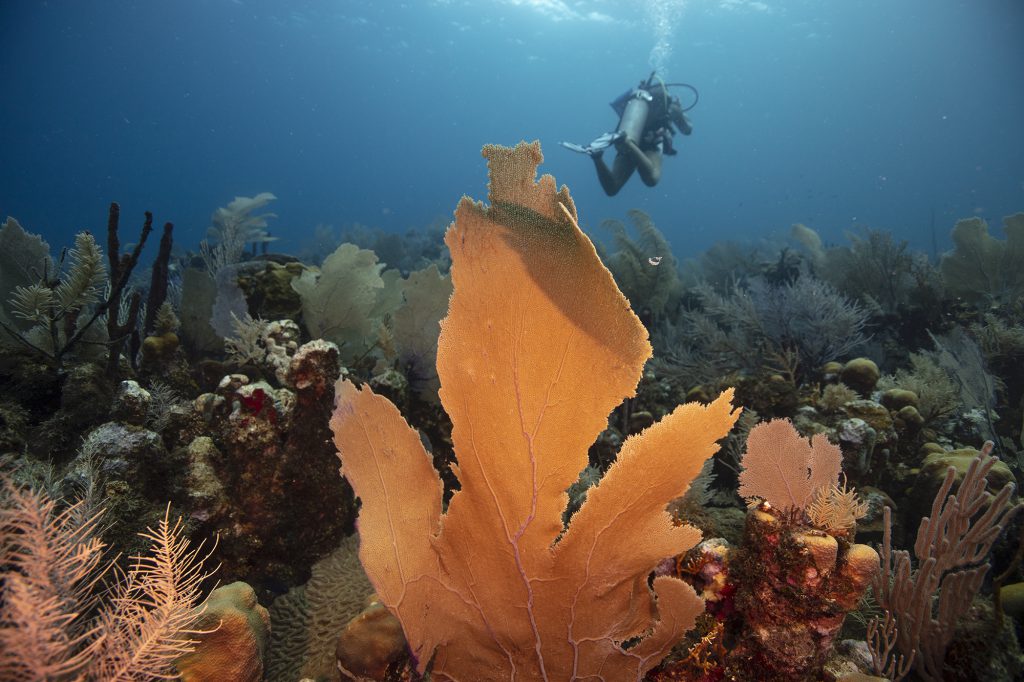

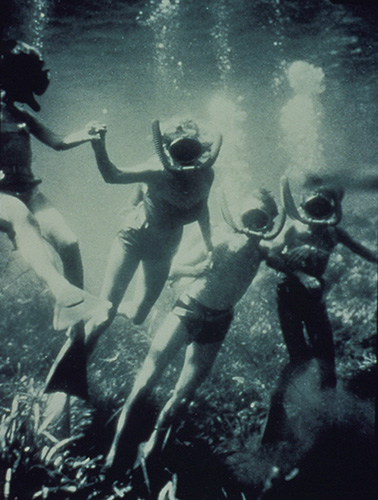






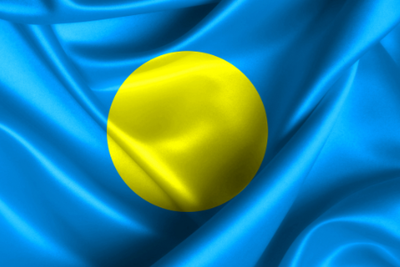
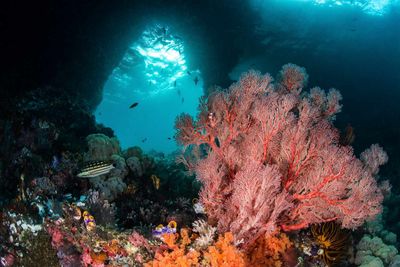

 Private Scuba Tuition – Learn Scuba Skills.
Private Scuba Tuition – Learn Scuba Skills.